Welcome!
Currently I live in the Wairarapa District and freelance in 3D animation, video, digital graphics, electronic special F/X, Linux and web design.
I'm currently designing custom 3D on-line art galleries, created in Photoshop Maya 3D and implemented using HTML, PHP, MySQL and Javascript. I've already created a number of off-the-shelf galleries which artists can populate with their own art, and will add more over time. Such galleries are already available offshore, but mine is currently the only locally owned and operated solution.

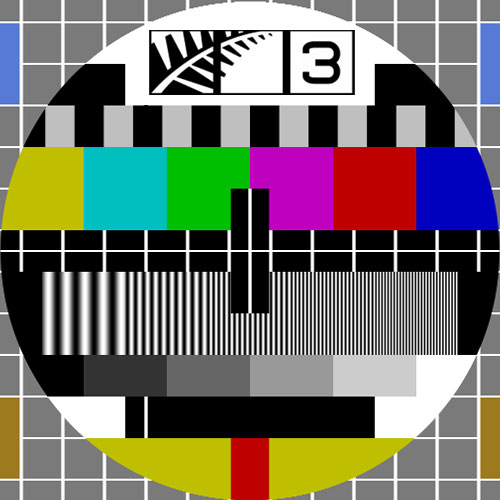
I'm also interested in the use of artificial intelligence (AI) image creation programs like Dall-E, specifically how they can be incorporated into website and gallery designs.
In my spare time I restore vintage Cars. We have two: a 1967 Morris Traveller and a 1952 Citroen Light 15.
Here's the link to my personal online 3D gallery page. It contains all the the artwork from my 3 public exhibitions:
Edge of Time,
Tech Nouveau, and
3 Dimensional.
The galleries below showcase my past work in virtual 3D web design, regular web design, video, photography and animation. The tools I regularly use are Adobe Creative Suite, Maya 3D, and Libre Office.
Click any image to see a larger version, or open a web link as required. Click anywhere on the image to close it.

Virtual 3D generated art galleries can replicate actual gallery spaces or create new ones limited only by the designer's imagination. 3D on the web extends established web technologies - HTML5, PHP etc, with a new set of tools - the 3D render engine. There are several available and after some experimentation I decided to use Babylon.js, which is a free, open source real time 3D engine using a JavaScript library for displaying 3D graphics in a web browser via HTML5. The original gallery space is designed using a 3D program. I use Maya 3D for this - the program used by WETA to make LOTR. The artworks are then placed in the 3D gallery space, along with the metadata supplied by the artist (medium, size, price, title etc) and the completed gallery converted into a format that Babylon understands and finally uploaded to the internet. Below are links to some of the 3D galleries I've created.

|
| https://webshite.nz/home/3D Gallery/indexW.html |

|
| https://webshite.nz/home/3D Gallery/indexO.html |
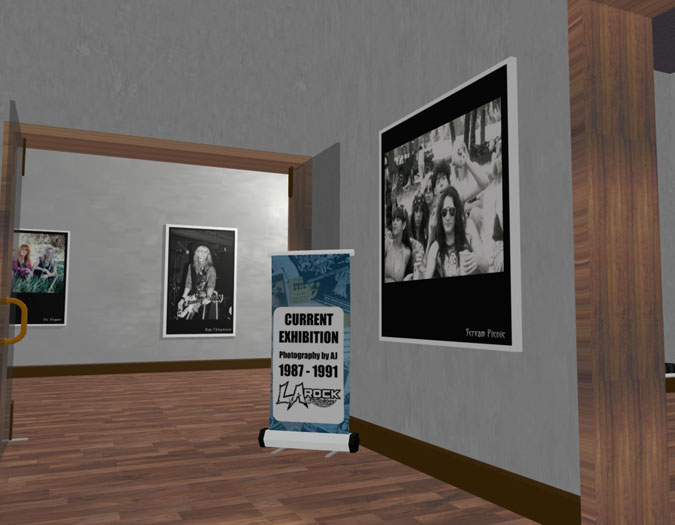
|
| https://webshite.nz/home/3D Gallery/indexL.html |

|
| https://naturalfantasy.co.nz/home/3D Gallery/indexNF.html |

|

|

|

|
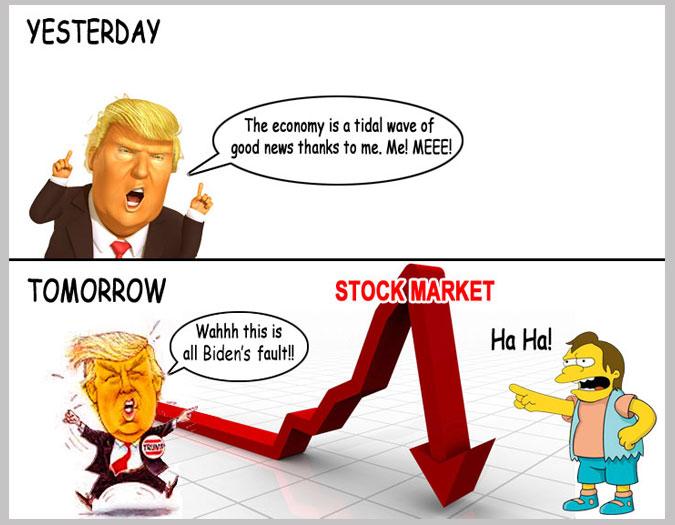
|

|

|

|
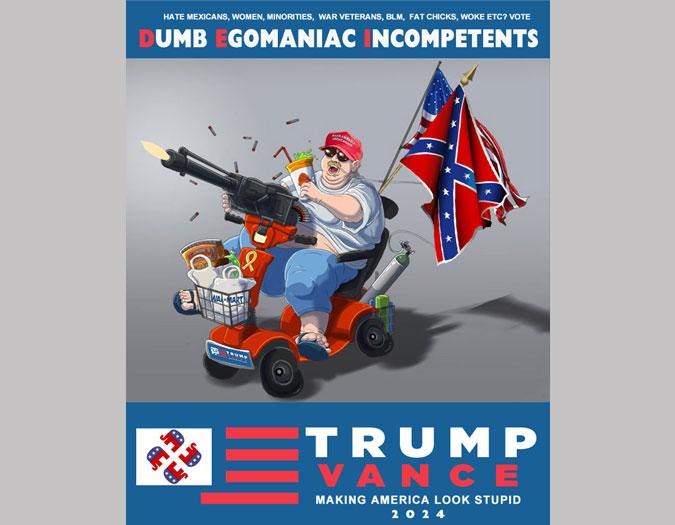
|

|

|

|

|

|

|

|

|

|

|

|

|

|
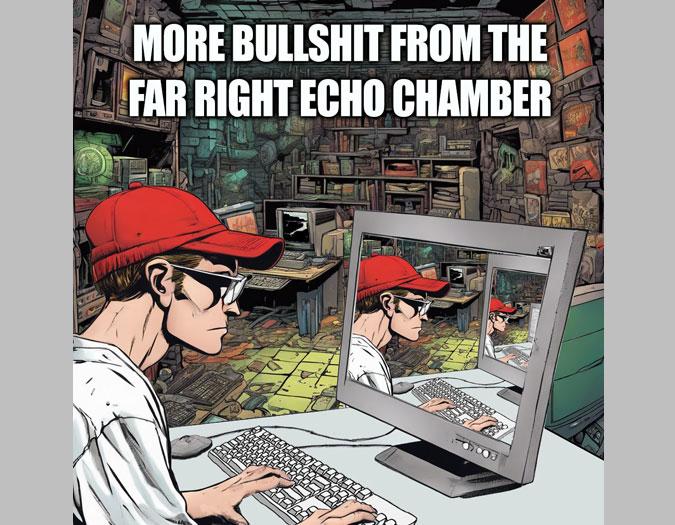
|

|

|
| https://pamperedpaws.co.nz |

|
| https://wais.org.nz |

|
| https://grafia.nz |

|
| https://scandinaviantrail.org.nz |

|
| https://naturalfantasy.co.nz |

|
| https://matthewabelart.com |

|
| https://2good.nz |

|
| https://freshstarthealth.nz |

|
| https://spacedart.nz |